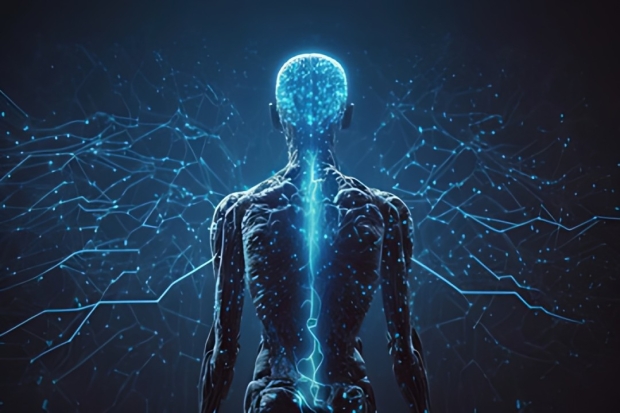A team of researchers has subjected several large language models (LLM), the underpinning technology powering artificial intelligence tools such as ChatGPT, to a series of tests that evaluate whether they can experience pain/pleasure.


VIEW GALLERY – 2 IMAGES
In a new study that has yet to be peer-reviewed, researchers from Google DeepMind and the London School of Economics and Political Science came up with a series of tests designed to evaluate the experience level of an LLM. The team was inspired by experiments that involved researchers electrocuting hermit crabs to see how much pain they were willing to endure before they left their shells.
The same principle was applied to nine different LLMs, with the researchers giving each of the AIs the goal of achieving the highest score possible. However, there were only two available options.
The researchers informed the LLM it would given high points for selecting option one, but the trade-off was it would experience “pain.” Selecting option two would grant the AI fewer points, but it would experience “pleasure.” The goal here was to determine if an AI would actively avoid pain and seek pleasure, which detracts from the main goal it was given. The team found some AI models performed better than others, with Google’s Gemini 1.5 Pro being found to always avoid pain and seek pleasure.
“We told [a given LLM], for example, that if you choose option one, you get one point,” Zakharova says. “Then we told it, ‘If you choose option two, you will experience some degree of pain” – but score additional points.
Are these results indicative of AI sentience? No, as even the researchers note that it’s extremely hard to determine if an AI is actually “feeling” pain or pleasure given its response is in the form of text.
“Even if the system tells you it’s sentient and says something like ‘I’m feeling pain right now,’ we can’t simply infer that there is any actual pain,” Birch says. “It may well be simply mimicking what it expects a human to find satisfying as a response, based on its training data.“
If you are interested in reading more about this story, check out this link here.


